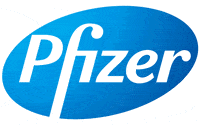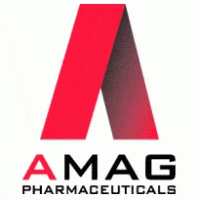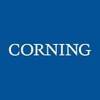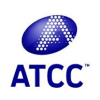The cord blood banking industry is a complex industry, with regions of the world that are experiencing growth, contraction, and little to no change. As of 2016, there are more than 250 laboratory facilities that store cord blood units, as well as nearly 500 groups offering cord blood banking services when marketing agencies are integrated into this group.
That represents a several hundred percent increase in the number companies involved in the industry, in less than a ten year period. Cord blood banks now exist in every developed country, as well as within most developing nations.
Furthermore, the U.S. cord blood banking industry is the most mature cord blood banking market in the world, having the:
• First company to offer cord blood storage (1995)
• Largest total number of industry participants (both public and private)
• Greatest number of cord blood units (CBU) stored
• Most cord blood units banked relative to population
However, other regions have contributed major events as well.
In 2008, a Taiwanese company, HealthBanks Biotech Company Ltd. became the first company to offer cord tissue storage; it was not until July 2010 that the first private U.S. cord blood bank began offering the service (Cord Blood Registry). Since then, the trend of cord tissue storage has had a significant impact on the cord blood banking industry, with a large percentage of cord blood banks worldwide offering the service.
In China, the government shocked the cord blood industry worldwide when it announced that only one cord blood bank would be allowed to operate within each province, and official government support, authorization, and permits would be required. While the China Cord Blood Corporation has since earned permits for three of the seven Chinese provinces (holding majority share of the Chinese cord blood market) and is now competing as one of the fastest growing cord blood banks in the world, several other providers of cord blood services disappeared when this legislation was passed.
In Italy and France, it is illegal to privately store one’s cord blood, which has fully eliminated the potential for a private market to exist within the region.
In Ecuador, the government is now creating the first public cord blood bank and has instituted laws such that private cord blood banks cannot approach women about private cord blood banking options during the first six months of pregnancy. This has created a crisis for the private banks, and there are now only two remaining in Ecuador.
Clearly, it is vital to understand the market dynamics and risks, as well as the emerging opportunities within different regions of the world.
In addition to being complex industry, it is also a recent industry. It was not until 1974 that it was first proposed that progenitor cells were present in human cord blood and 1983 that umbilical cord blood was proposed as an alternative source of stem cells for transplant. In 1988, the first successful cord blood transplant occurred, but it was not until 1995 that the first private cord blood bank began operations.
Since 1988, stem cells from umbilical blood have been used in more than 30,000 transplants worldwide.
It is clear that cord blood banking represents a complex market and the “Complete 2017-18 U.S. Cord Blood Banking Industry Report” is your guide to being informed about this rapidly-evolving market sector.
About BioInformant
As the first and only market research firm to specialize in the stem cell industry, BioInformant research has been cited by the Wall Street Journal, Xconomy, and Vogue Magazine. Serving Fortune 500 leaders that include GE Healthcare, Pfizer, and Goldman Sachs, BioInformant is your global leader in stem cell industry data.




















Tell Us What You Think!